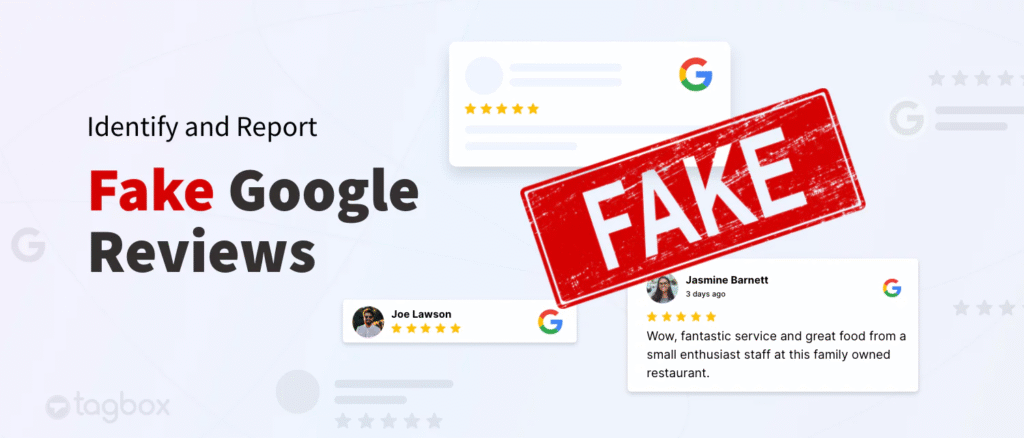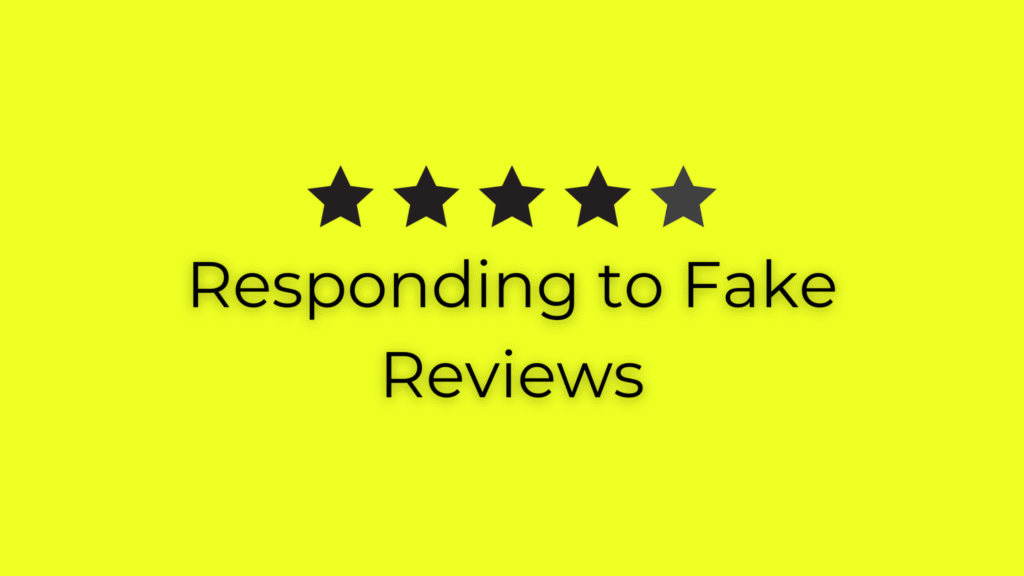
Online reviews shape buying decisions more than ever. A steady stream of genuine feedback builds trust and drives conversions, while fake reviews, positive or negative, can distort perception, harm SEO, and cost real customers.
The good news is that most review attacks are preventable and manageable when you have a clear process. This guide lays out why fake reviews matter, practical prevention steps, a fast response plan you can execute in hours, and how to measure success so your brand recovers and stays protected.

Why fake reviews matter?
False reviews go beyond altering a star rating. They decrease the number of clicks and conversions on the search listings, inflate your paid acquisition rates since fewer organic conversions will compel a heavier advertising investment, and cause a strain in customer service as teams pursue ghost complaints. Any negative fake reviews will slump income in the short term.
Any fake positive will draw the attention of the platform, disciplinary measures, and doom in the long run. In the case of local businesses, the appearance of a set of fake reviews can also negatively affect the visibility in map packs and local search. The only thing that is practical is to treat the matter of review integrity as a fundamental threat to the brand; prevention and fast response will save the reputation and the bottom line.
Prevention: Establish risk reduction design systems and easily verifiable systems.
Motivate leaving positive reviews hassle-free through post-purchase notifications: Send a brief email or SMS with a direct link to your Google Business Profile or reputable industry websites within 24-48 hours after purchase/service.
Use transaction identifiers: In the invitations to review, include order numbers or booking IDs to be able to match the reviews to customers and therefore rule out the fraud, yet quickly.
Provide proprietary first-party testimonials: Ask customers to leave verified testimonials on your site; they are allowed to be listed and syndicated to third-party listings.
Avoid incentivized gating: Do not demand a positive review in exchange for discounts and freebies. In case you are promoting, you should make the reward unconditional and publicly reveal it.
Institute active surveillance: Establish alerts and a daily review feed in Google, Yelp, Facebook, and niche to allow suspicious reviews to be identified in hours rather than days.
Train employees about review requests and escalation: Basic verification information must be captured, and frontline teams must know how to request a review, as well as how to report on an odd interaction on the spot.
Why these mechanisms are effective: The anonymity is decreased, and transactions and reviewers have verifiable connections, and a steady stream of legitimate feedback will overwhelm sporadic spam.

How to spot fake reviews quickly?
False reviews are usually in predictable patterns. Pay attention to sudden bursts of negative posts in a brief timeframe, multiple reviews that repeat the same wording or strange punctuation, and accounts with zero or minimal review history, posting several one-off reviews in unrelated businesses.
Incorrect timelines (reviews of services you did not provide that day), or reviewers with many one-star reviews on other competitors, are also other types of giveaways. Use these indicators to escalate it. Speed is important since the initial response to the public creates the impression.

Fast response plan — what to do the moment you detect a fake review
Record right now: Screenshot, get the review URL, and the time, and draw any internal documentation (order look, check in records, and CCTV, as applicable). This fact sheet is necessary in the platform controversy.
Publish a quiet response publicly: demonstrate to the potential customers that you listen to their feedback but do not blame anyone. Examples: “Hello (Name), it is a shame to hear this. It is impossible to find a record of these details. Support yourdomain.com, please email your order/booking number so we can investigate.
Report to the site: follow the formal site review of the report and post the documentation in the dispute flow. Get to the point- platforms like websites react best to concise and verifiable statements.
Follow up privately: contact the reviewer through the messaging in the platform in a manner that you can, or request his or her contact information in your public response. A lot of real reviewers will give information; there will be no such information provided by the fraudsters.
Escalate when necessary: in case of a failure in automated moderation, ask human moderation. Include the evidence that has been documented and provide reasons as to why the review breaks platform regulations (non-customer, made-up information, coordinated attack).
Monitor and report within the organization: document the incident, what measures were taken, and its result. Send share lessons to the staff to avoid recurrent problems.
The mechanics behind this flow: It entails openness to the masses to reassure potential customers, along with secrecy to solve the underlying issue, and establishing a recorded history on enforcement by the platform or a legal escalation in case of necessity.
When to escalate beyond platform tools?
The majority of the fake reviews are eliminated through platform disputes. Only when reviews are defamatory, cause damage to the extent of measurable financial damage, and remedies on the platform have been depleted, escalate to legal counsel.
In organized attacks where extortion or threats are involved, enlist the police. In the case of repeated targeted campaigns, ensure that evidence is held in high regard and advice is taken regarding cease and desist letters or civil remedies.
Repairing reputational damage and restoring trust
After a fake review has been deleted or responded to, take action to restore confidence: issue a brief post or update that mentions what was done (without repeating slanderous statements), go on a temporary spate of soliciting genuine reviews, and think about a specific ad or social media posting featuring verified customer testimonies. Rapidly and positively respond to any lingering real negative comments – the way you address criticism publicly can be more important than the criticism itself.
Measure what matters: metrics to track and optimize
Review volume and average rating during the course of a period, the time to first public response, percentage of disputed reviews removed, referral traffic at the event of a resolution, and conversion uplift at the event of rating recovery. The review velocity anomalies need to be flagged by dashboards and fed into weekly op reviews. Reduce prevention triggers and staff training using those metrics.
Final thoughts
Counterfeit reviews are a serious threat, but not an existential one, with a combination of preventing tactics, rapid recordkeeping, and a balanced reaction procedure. Include review integrity as a part of your operations playbook. Automate review tracking, get transaction-specific feedback, educate employees, and have response templates available.

